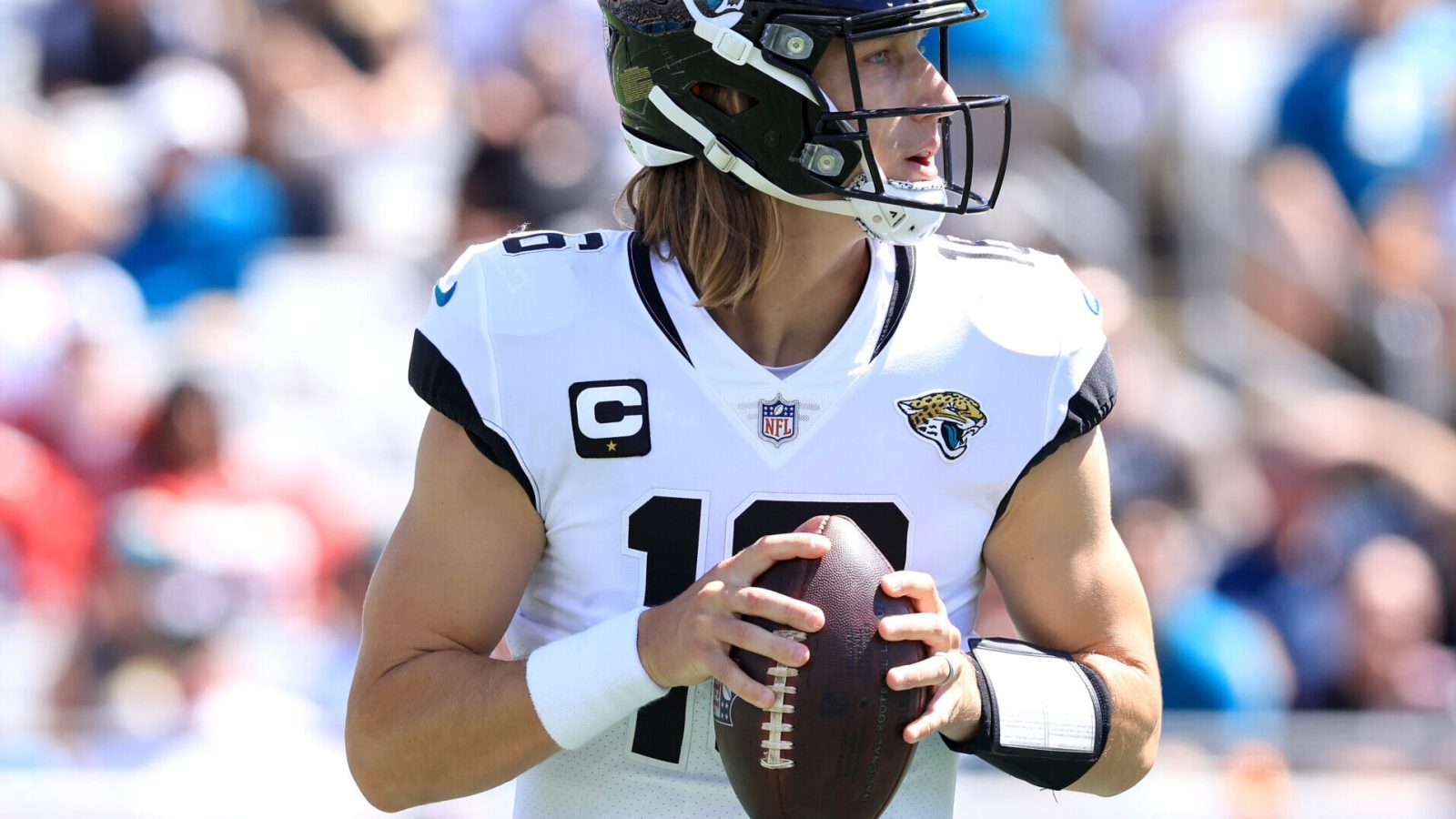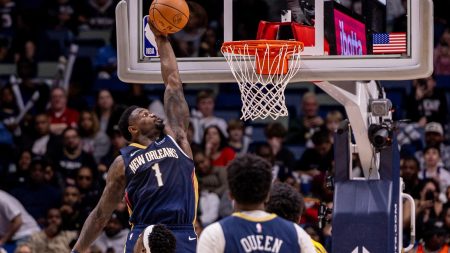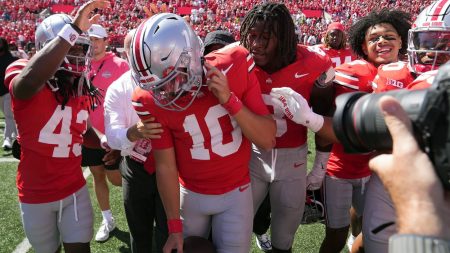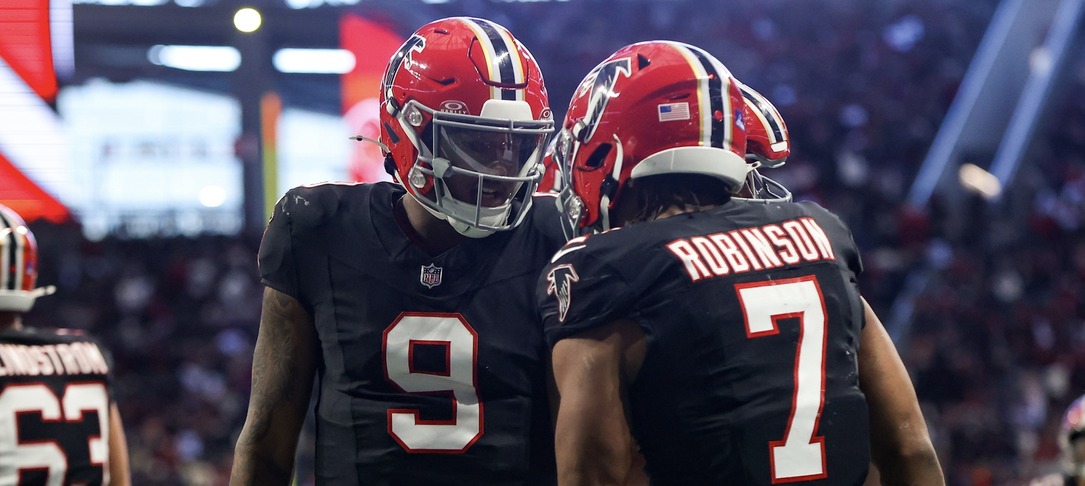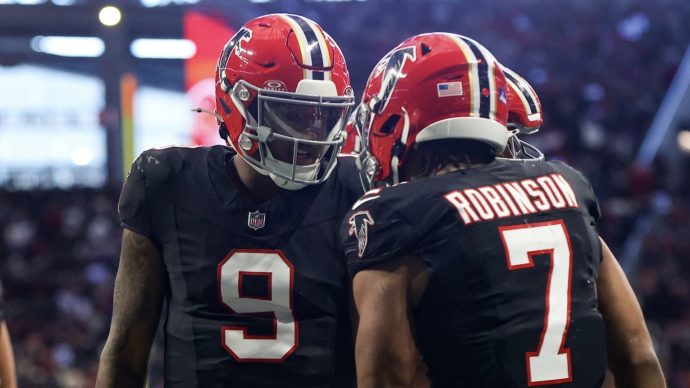The idea was to test out his company’s new oddsmaking product with a small offshore operator. Better yet, they’d run the test right when sports came back from their COVID pause in July 2020.
A soft launch at a lesser-known book at a strange time. Maybe any rough edges would slip under the radar of aggressive, big-money bettors.
“We picked an operator we thought was out of the way and would be forgiving of mistakes and bugs,” Ed Miller said. “What I’ll tell you is that there are people looking to shove mistakes down your throat. We had some hard lessons.”
Lessons: learned. Ruthlessness: noted.
Best Live Betting Online Sportsbooks

Refining In-Play Odds
The product in question, DeckPrism, originally was designed for players; a new tool to help them beat the books on live betting. But when the PASPA decision came down in 2018 and it became clear what sports betting in the United States was going to look like, DeckPrism repositioned as a software and managed trading service for operators. Oh, good. The books needed more weapons.
The software, now known as Huddle Tech, is being used by some of the biggest players in the game, including the offshore giant Pinnacle and Circa Sports in Colorado.
And while he might be working on the dark side of the counter, Miller, Huddle’s vice president of innovation, wrote the book The Logic of Sports Betting. He knows what it’s like to be one of us. He says on the off chance you’re into winning money betting on sports, live betting is wide open, wildly underused, and stuffed with rich, untapped veins just waiting for you to come mine for gold. (We’re not saying you have to dress like an old-timey cartoon prospector to do it, but we’re not not saying that either.)
The Power of Live Betting
“(Live betting) is so much a harder problem for sportsbooks that it’s 100 percent more profitable (than pregame),” Miller said. “There’s so much value to be gained by just watching the darn game. Where casual bettors trip themselves up is they say, ‘Oh, you’re up by two scores. How could they only be minus-13?’
“No, no. You’re wrong. Nerds like me come up with minus-13 with data. The right idea is to say, ‘Hey, what is my advantage? My advantage is I’ve got two eyes on this game and I can react faster. I can interpret information that’s not in the data and I can react.’”
Remote in one hand, phone open to your app of choice in the other. Like discussing the plot of Thor Part 53: I Guess Thor Beats Up Anthony Tate This Time? with your overstimulated nephew, you’ve forsworn trying to beat the nerds at their own game. Here are three things to eyeball when you’re learning how to live bet like a champ:
1. Get Used To Line Shopping
There are only so many services that provide in-play oddsmaking. That means you only have to get familiar with a few different sets of moves the books can throw at you. Once you develop a feel for how the books are going to move in relation to each other, you can start to figure out whose numbers are more valuable to you.
Or better yet, you can spot arbitrage opportunities.
Some books might leave numbers up longer on injuries. Some might consistently value home teams more, or price underdogs longer. Whatever variables there are, you’ll begin to read the board with an educated eye, whether there’s an arb out there or not.
“You do not have to bet both sides,” Miller said. “You just have to get better at figuring out who’s right and who’s wrong. There’s a ton of money that you can make in live football betting this year by basically reverse engineering the sportsbooks that are available to you.”
Injuries in particular are where knowledge of tendencies and a quick finger can come together for big profits.
Say Davante Adams has 70 yards through the third quarter, but he takes a hit and he limps to the sidelines. One book you know from experience moves quickly on injury news and takes him to 94.5 yards at +120 to the Over, but a slower book still has him at 94.5 at +115 to the Under. Grab both bets and you’ve guaranteed a profit of $15 or $20 on $100 bets with zero risk. Or maybe you think one book is overreacting to an injury that’ll quickly be treated in the medical tent.
Football knowledge and a trained eye can see things algorithms can’t.
“Football’s an extremely visual game,” Miller said. “A lot of people want to use just data. They say, ‘I’m going to solve the (live betting) problem with fast data.’ But how do you get from the data a player is 20 percent to return?”
2. Learn Coaches’ Tendencies
No team went for two more than the Chargers last year. The Packers only converted twice, and hardly ever went for it. Different systems, different philosophies. But knowing that Brandon Staley does one thing and Matt LaFleur does another can lead to a huge swing for your bankroll.
If it’s a Chargers game and they’re down 14 and driving late, knowing Staley is more likely to go for two means you’ll be better positioned to take advantage of lines that default to seven in that spot.
“It’s either going to be almost exactly down seven or it’s going be 50/50 that they’re down six or eight. This is the problem with those huge menus: They’ll give you a menu of every point and they’ll say, come and get it,” Miller said. “When they’re driving down 14, look at that six-and-a-half or seven-and-a-half. If you know what that coach is going to do … those edges are huge.”
3. End Of Game
Speaking of huge edges, the ends of games can see edges of up to 50 percent for bettors. It’s when the normal rules of football physics break down, but models don’t always properly adjust.
Up three scores and driving with the clock running down, Miller has seen live-betting systems (driven by algorithms) hang numbers like the three points are a lock.
For example, let’s say the Chiefs are beating the Texans by 17 points. The Chiefs have the ball in field goal range with under 2 minutes left in the fourth quarter. A live betting system could make the Chiefs -19.5 because of that. It just looks at field position but doesn’t account for real-world situations, where a team in that spot is likely to kneel.
“It’s true in all sports,” he said. “At the end of baseball games, a lot of models are not based on which actual relief pitch is in the game. It’s just based on a team, say, being down, by two in the ninth inning. It’s not even based on if it’s Josh Hader or some jerk from Triple-A. That’s going to swing the price by 10 percent. It comes up in basketball. Are they going to foul or not? When are they gonna start fouling? You (the bettor) can just beat this stuff up.”
For more on live betting strategy, check out the Props.com guide on How to Win at Live Betting.

